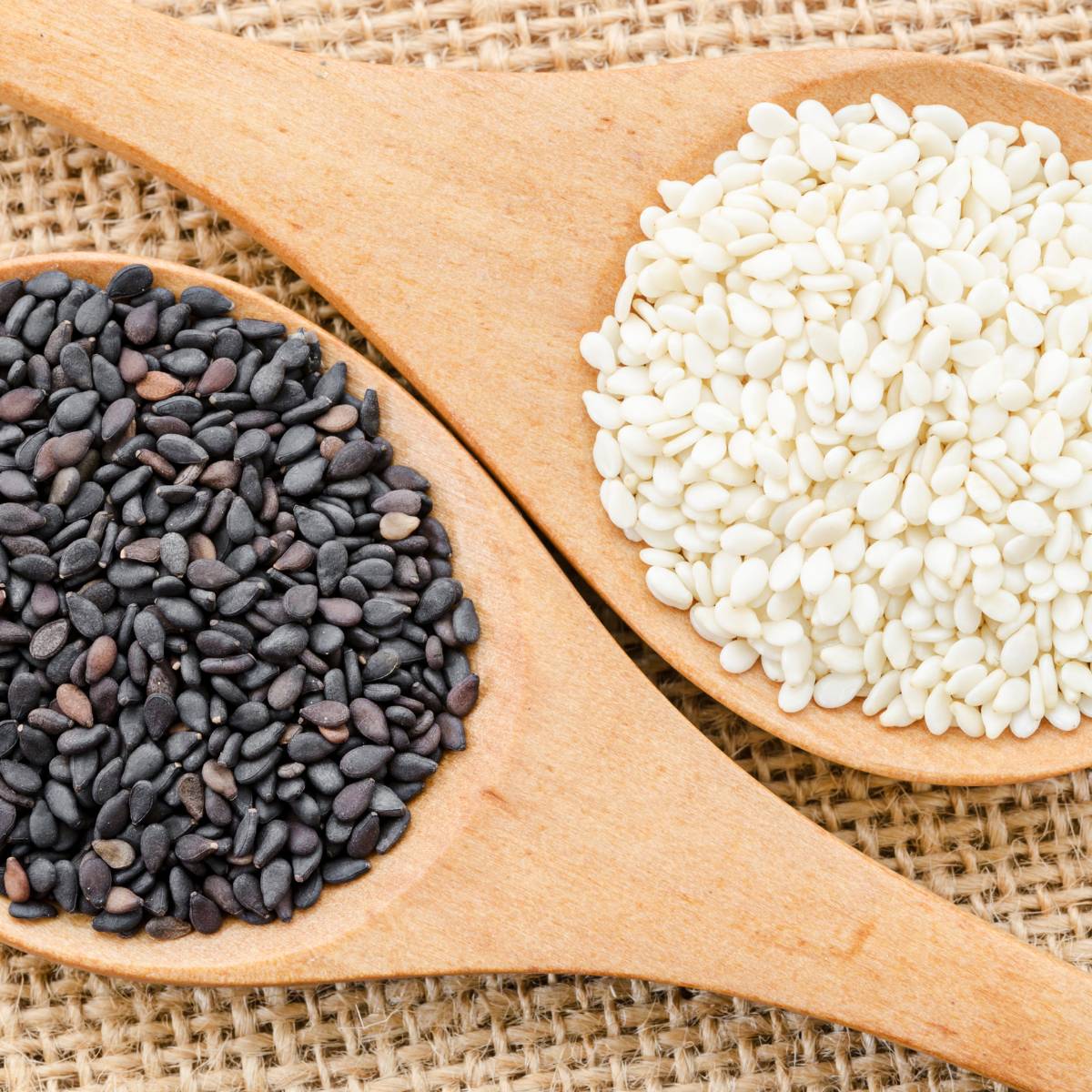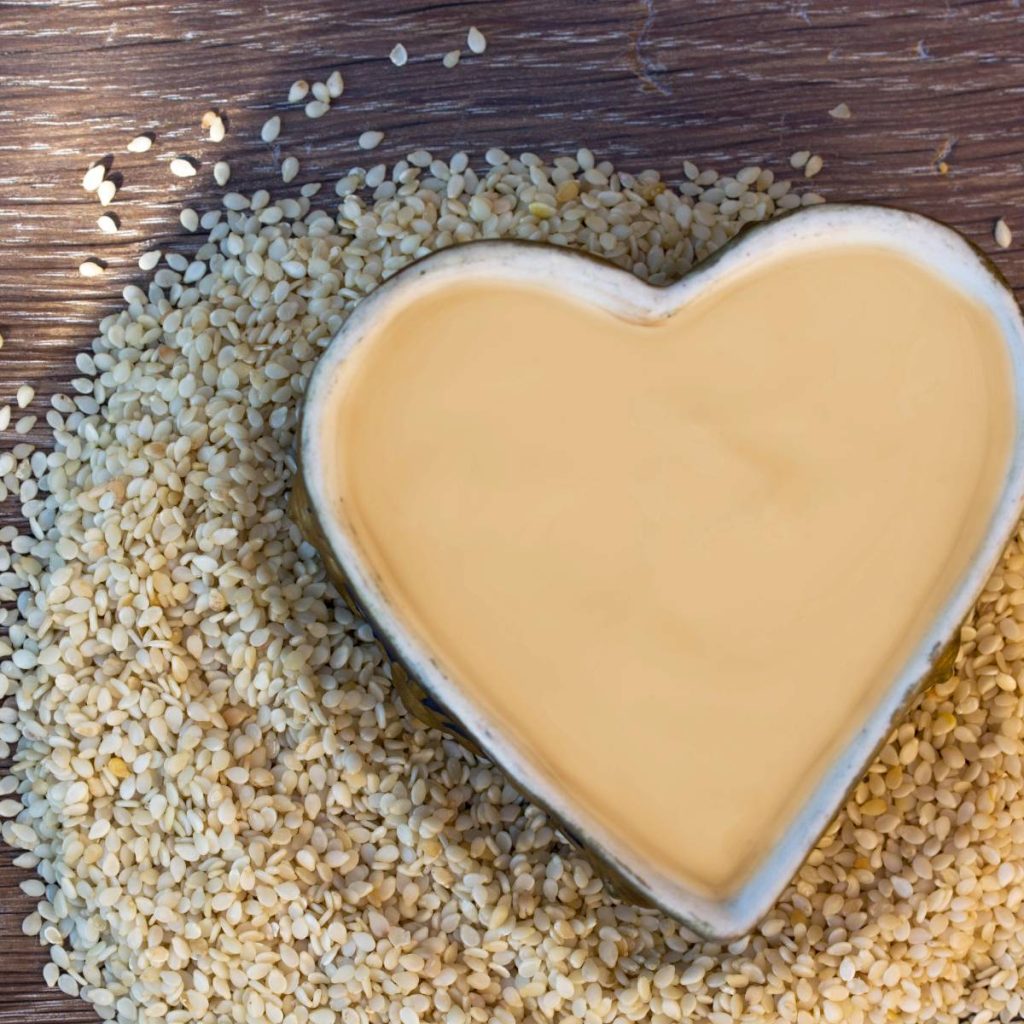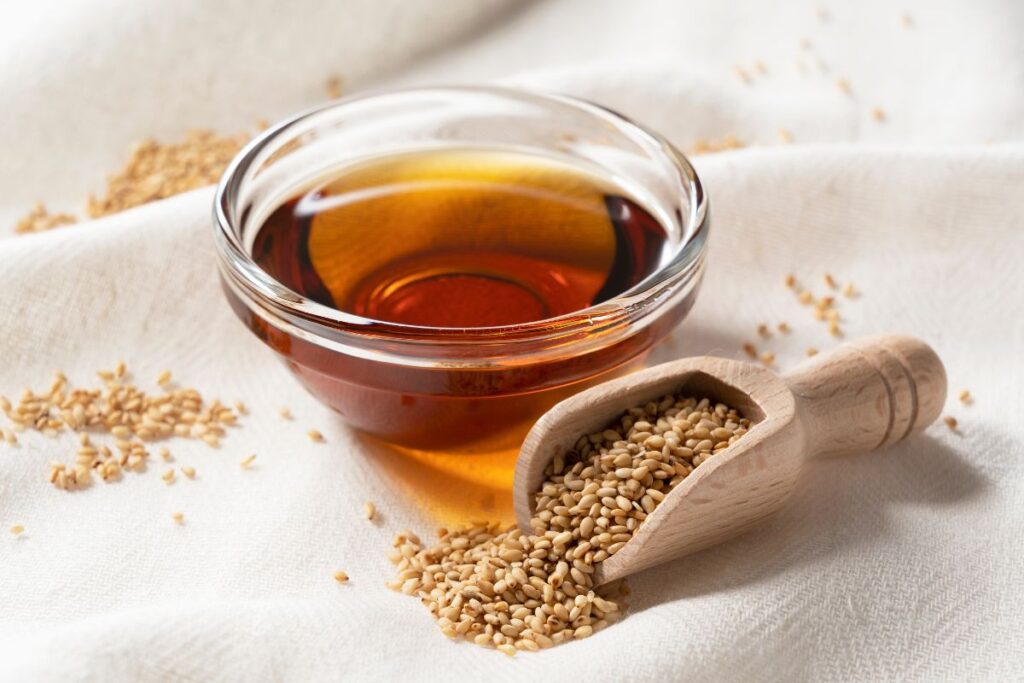Do you love sesame and its nutty, toasty taste?
Well, get ready to have your taste buds awakened by the deliciousness of Japanese Sesame Dressing!
Have you ever tried it before? How do you like to use it in your cooking?
Let’s explore the amazing flavors and versatility of this yummy dressing together!
Are you ready?

Brief History of Japanese Sesame Dressing
Japanese Sesame Dressing, also known as “Goma doreshingu,” has been a staple in Japanese cuisine for centuries. The use of sesame seeds in Japanese cooking dates back to ancient times when the seeds were considered to be a symbol of wealth and prosperity.
The exact origins of Japanese Sesame Dressing are unclear, but it is believed to have been developed in the early 20th century.
Over the years, the recipe has evolved and been adapted to include a variety of ingredients, such as soy sauce, vinegar, sugar, and salt, to create a dressing that is both delicious and versatile.
Today, Japanese Sesame Dressing is enjoyed all over the world and is a popular ingredient in many fusion cuisine dishes. Its unique flavor and versatility make it a staple in many households.
What are Sesame Seeds
Sesame seeds are small, flat seeds that come from the sesame plant, a flowering plant native to Africa and cultivated in many parts of the world, including Asia, Europe, and South America. The seeds are tiny, measuring only a few millimeters in diameter, but are packed with flavor, nutrition, and versatility.
They have a nutty taste and can be used in a wide range of culinary applications, from seasoning and garnishing to making sauces, dressings, and sweets.
Surprised?
There are actually two different kinds, and Japanese cuisine uses both rather frequently.
- White sesame seeds – have the most subtle flavor and are often used as a garnish or in salad dressings.
- Black sesame seeds – have a nutty and more distinct flavor and are commonly found in marinades, as a garnish, or made into a paste. They’re also used in various desserts and confectioneries.
Both black and white seeds can be roasted, crushed, and mixed with salt to make a popular condiment called goma shio. This seasoning is used to flavor ramen and can also be used in onigiri.
It’s easily one of my favorite ways to enjoy it.
As is this dressing!

Flavors of Japanese Sesame Dressing
Have you ever wondered what makes Japanese sesame dressing so delicious? Well, let me tell you, it’s all in the ingredients!
Bikkurishimashita? (surprised?)
The perfect combination of a sesame seed, sesame oil, soy sauce, rice vinegar, sugar, and other ingredients comes together to create a flavor explosion in your mouth.
The sesame oil and sesame seeds bring a nutty richness, while the soy sauce adds a savory saltiness.
Rice vinegar gives a tangy, slightly sweet twist, and the sugar balances it all out.
Sometimes soy milk, cashew milk or mayonnaise makes it creamy.
It’s all about finding the right balance, you see.
Too much of one ingredient can throw the flavor off, but get it just right, and you’ll have a dressing that’s creamy and delicious.
For me, dressings are a game-changer! They really bring out the natural flavors of dishes and add a whole new level of moisture and texture.
Plus they give you an excuse to eat more salad greens and vegetables.
The best part?
Japanese sesame dressing tends to be light, and well-balanced with a harmonious blend of flavors and textures.
Keep reading, I have to tell you something more.
Don’t be afraid to get creative with the ratios and find the perfect blend for your taste buds!
Here are 5 considerations for experimenting and making this delicious Japanese Sesame Dressing of yours:
- Use high-quality ingredients to achieve the best flavor, because quality will greatly affect the overall flavor.
- Toast the sesame seeds before grinding them to bring out their nutty flavor and add depth to the dressing. But a store-bought one can do if you’re in a pinch.
- experiment with the ratios of ingredients until you find the perfect balance of flavors that please your palate.
- Adjust the consistency by adding oil or water if it is too thick and add more sesame seeds when too thin.
- Alternatively, chilling may thicken it while heating it may help to make it easier to pour (more runny)

5 Ways to Use Japanese Sesame Dressing:
Japanese Sesame Dressing is a versatile condiment that can be used in a variety of ways. Here are some suggestions for using the dressing:
- One of the most common uses for sesame dressing is the salad dressing. I like to drizzle it over a mixture of greens, some fruits, and nuts for a delicious and healthy meal. Or dress my favorite coleslaw.
- Japanese sesame dressing also makes a great dipping sauce for vegetables, such as carrots, cucumbers, or broccoli, or for dumplings, spring rolls, or other appetizers. Especially if they’re steamed or boiled without any other seasoning.
- Simply toss the japanese sesame dressing in a stir-fry dishes such as tofu by itself or cold tofu (aka hiyayakko).
- Another creative way to use sesame dressing as a flavorful topping for rice or noodle bowls, such as a Poke bowl or a Ramen bowl.
- Brush sesame dressing over grilled or roasted meats, such as chicken, beef, or pork, for a delicious and flavorful sesame flavor.
Storage Tips for Japanese Sesame Dressing
Good things come in airtight containers!
And that’s definitely true when it comes to storing your Japanese Sesame Dressing.
Pop it in the fridge and it should keep fresh for around 2-3 weeks.
Of course, the shelf life will depend on the ingredients you use and how well you store them.
You don’t want to leave it out on the counter and risk spoiling the ingredients.

Conclusion
Whether you’re a fan of subtle flavors or bold and nutty ones, Japanese sesame dressing has got you covered.
So go ahead and give it a try, you won’t regret it!
Just remember, a little goes a long way. Happy dressing!
Let me know in the comments below where you’d use your Japanese Sesame Dressing first.
In a salad or for vegetables?











Konnichiwa! (Hello!) I'm Pat Tokuyama, a Japanese tofu cookbook author, who travels for music, food, and adventure. If you like Japanese tea, checkout some of the newestorganic japanese tea, matcha bowls and noren and more!
** Curious about the Plant Based Japanese Cooking Club? ** Learn more here!